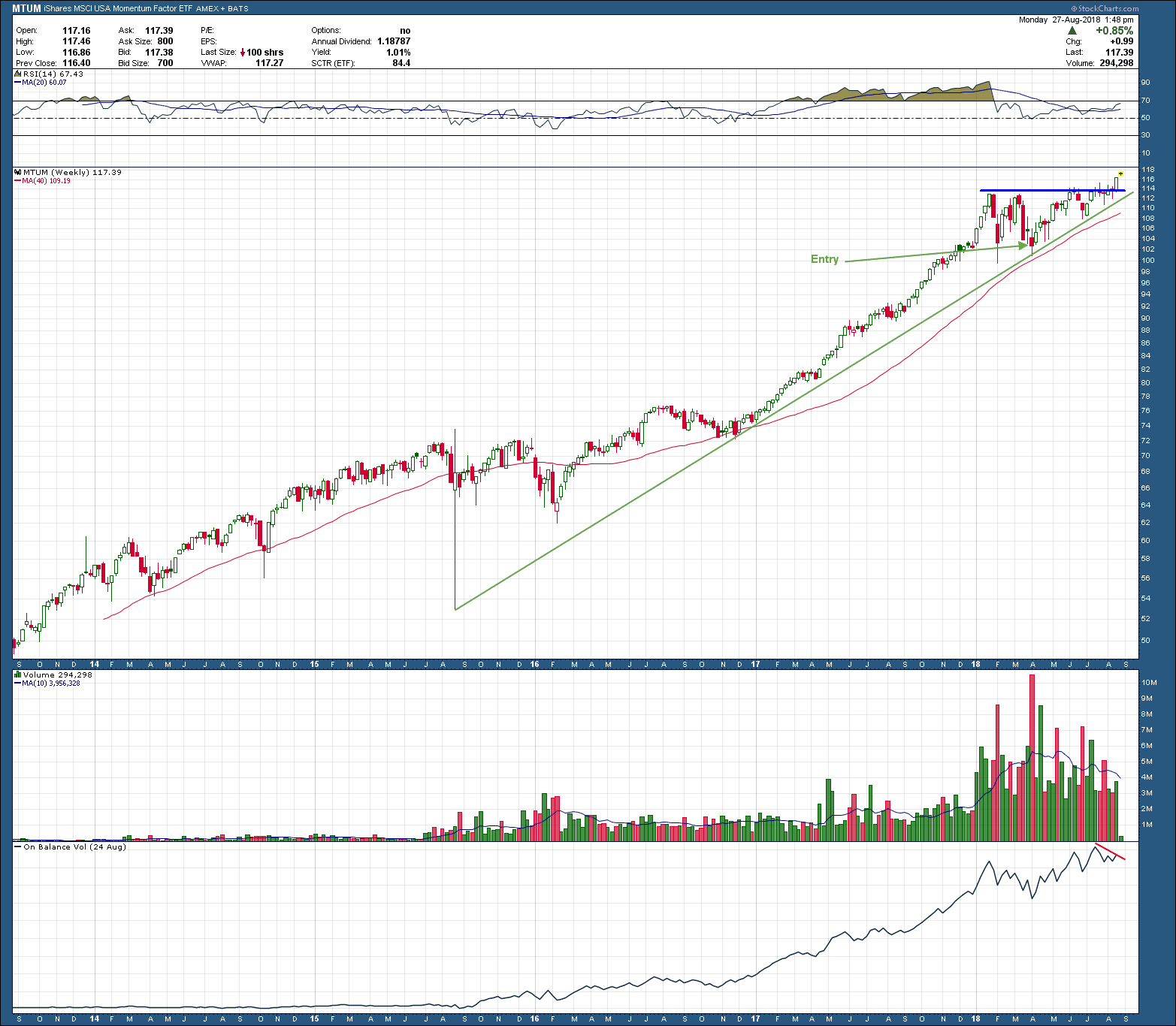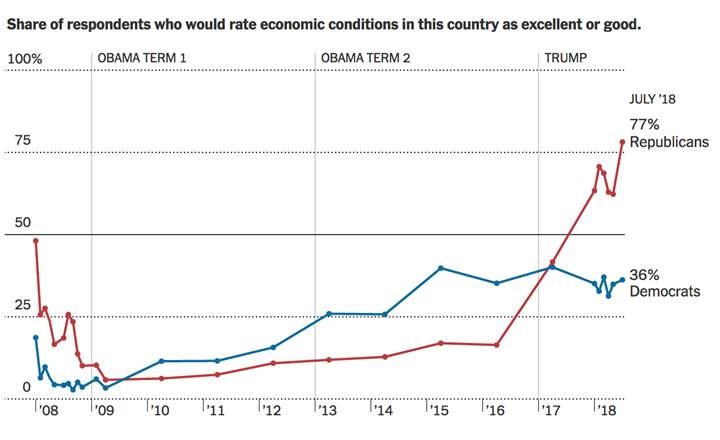By now it should be easier to recognize some of the more basic price patterns that investments can develop. Because the head and shoulders top reversal is frequently brought up most by those who are least qualified to talk about them (the media), making them more recognizable, I thought I would bring to light one that just came up on my radar screen.
As you can see in the Dow Jones Internet Index below, it has formed a symmetrical head and shoulders pattern with a well formed horizontal neckline. In the favor of the bulls we can see the head did not make a divergent high but the volume patterns are what bears would prefer to see. As is almost always the case, there is a case for both bulls and bears to make. On a bigger picture view we should be leaning bullish as we know from experience that most of these patterns fail. Why? Because stocks are in uptrends most of the time and these patterns are uptrend reversals. As such, from a probability standpoint it makes sense they do fail most of the time. Of course, there are always short term corrections and pullbacks giving any topping patterns an opportunity to play out. It’s important to mention since we are looking at a daily chart, I am not speaking of a “final” top, but rather an “intermediate” top where price eventually moves on to new highs.
With all this in mind this post is not intended to cause alarm or fear or a signal to sell but rather something to learn from. I intend to come back later and post a follow up after the final outcome of this pattern has played out. The two possibilities are 1) a completion move down to T1 or below; or 2) a failure confirmed by a move back above early August’s right shoulder high (before it has completed a move to T1).
On a side note, you will find head and shoulders bottom reversal patterns (inverse head and shoulders) have a much higher probability of meeting their target. Why? For the same reason why topping patterns fail most the time. Because stocks are moving higher over the long term and you are investing with the trend.




